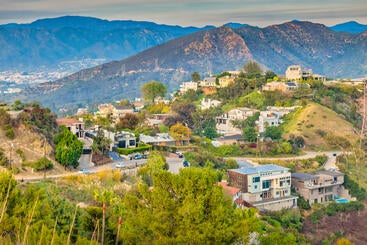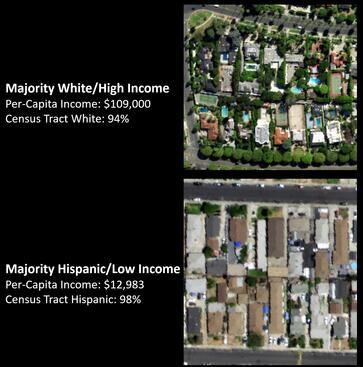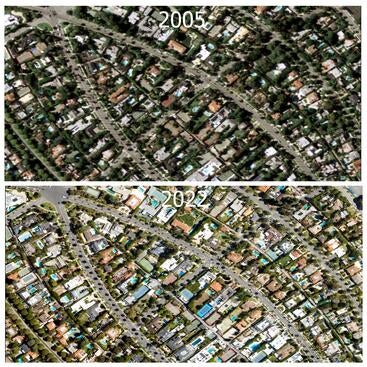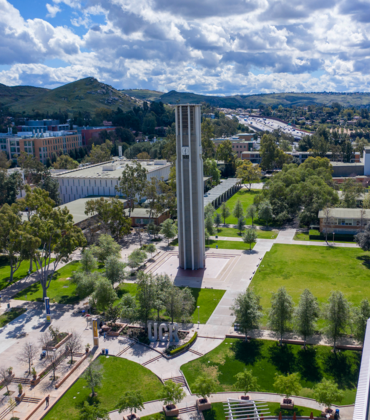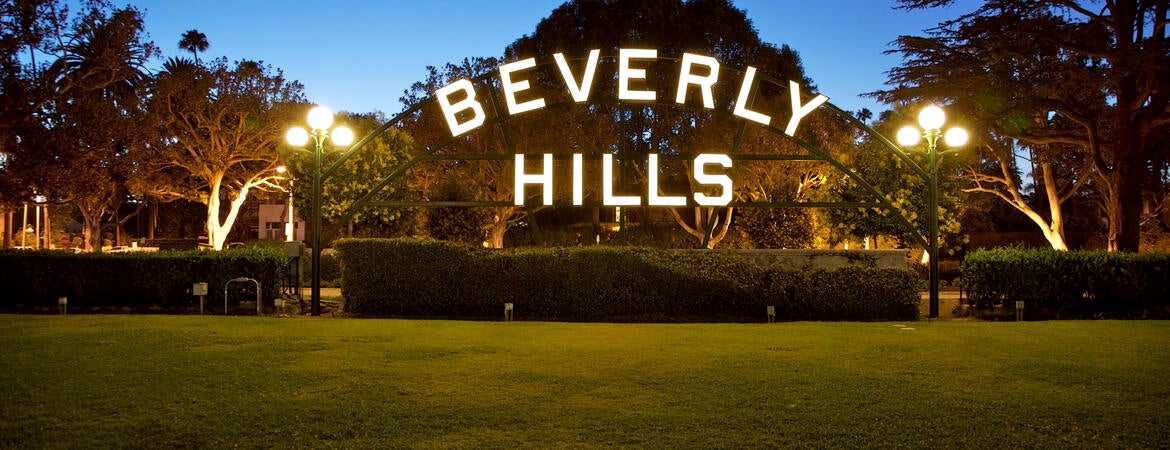
White, wealthy neighborhoods in the LA area are about to start feeling the same heat that has plagued poorer, Hispanic neighborhoods for generations. A new study shows the protective effect of income has largely eroded over the past 40 years, as landscape plants can’t keep up with the pace of climate warming.
Published in the journal Urban Climate, the research cuts across neighborhoods, income levels, and race in the Los Angeles area between 1985 and 2021. It reveals a troubling forecast for city dwellers: it’s becoming unbearably hot, and the landscaping that used to mitigate that heat won’t work as well in the future.
For decades, urban ecologists have believed that affluence consistently translates into more abundant vegetation and cooler temperatures. This idea, the “luxury effect,” remains true. However, this study is the first to demonstrate the effect is rapidly weakening.
As a whole, land surface temperatures in the city warmed an average of 8.4 degrees Fahrenheit over the past four decades.
“The rate of warming was certainly less in affluent neighborhoods, but there were no neighborhoods that got cooler,” said Dion Kucera, Ph.D. student in botany at UC Riverside and first author of the study.
Specifically, the study used satellite and census data to examine the abundance of vegetation, temperatures on the ground, and the amount of cooling plants are providing in every neighborhood throughout the city. The data show the luxury effect on cooling in predominately wealthy, white areas was only 58% as strong in 2020 as it was in 1990.
“In other words, there’s been an increase in equity in the city. But it’s not because poorer areas are improving in greenness or cooling. It’s that richer regions are getting worse,” Kucera said.
“If these trends continue, it is likely that by 2030 there will be no income advantage for white residents over minority residents when it comes to cooling from plants,” he said.
The images show fewer trees in Hispanic-dominated neighborhoods, which is one reason they have always been hotter. As time goes on, the researchers suggest the plants that do exist in those neighborhoods are less healthy as heat increases alongside longer and more frequent spells of drought.
Given the trends, researchers were surprised to find that trees have been getting better at cooling ground surface temperatures over time. Even as the climate warms, plants are becoming more efficient at transpiration, meaning more water is evaporating from the pores in their leaves. However, they are not getting better at transpiration as fast as the heat is increasing.
In addition, the researchers warn there are temperature thresholds above which plants will no longer be able to transpire, or cool the ground, as they have been doing.
“The warming the city has experienced is less than it would have been overall, thanks to plants. But as things get hotter, it is stressing plants’ ability to help. Transpiration will eventually max out, and though this was not part of what we found in the study, I expect the city will get much hotter much faster then,” Kucera said.
The researchers also theorize that wealthy residents planting water-wise gardens, in response to drought, are also increasing the heat in their neighborhoods. While cacti and succulents use water more sparingly, they do not offer as much cooling as leafy trees and shrubs.
“There is a clear message from the results. Income inequality will grow smaller. And it will get a whole lot hotter a whole lot faster in the future for rich people,” said Darrel Jenerette, UCR botany professor and co-author of the study.
However, the researchers stress that plants still have a role to play in offsetting the worst of the increasing heat, as do other cooling measures.
“Poorer, minority-dominated neighborhoods are already in a lot of trouble when it comes to health impacts from extreme heat. Our study shows they have always borne the brunt of warming and still do,” Jenerette said.
“Finding ways to ensure things like air conditioning and insulation are available to everyone is absolutely key to reducing the harm that is certain to come from climate change.”
Furthermore, the researchers believe the lessons from Los Angeles are likely to apply to cities around the world.
“We definitely think of the LA area as a model for the effects of climate on vegetation globally. It’s one of the largest, most diverse cities in the world, especially for trees. The climate effects in LA are likely to mirror what is happening in cities throughout the world that are also getting hotter,” Jenerette said.
(Cover image: ekash/iStock/Getty)
